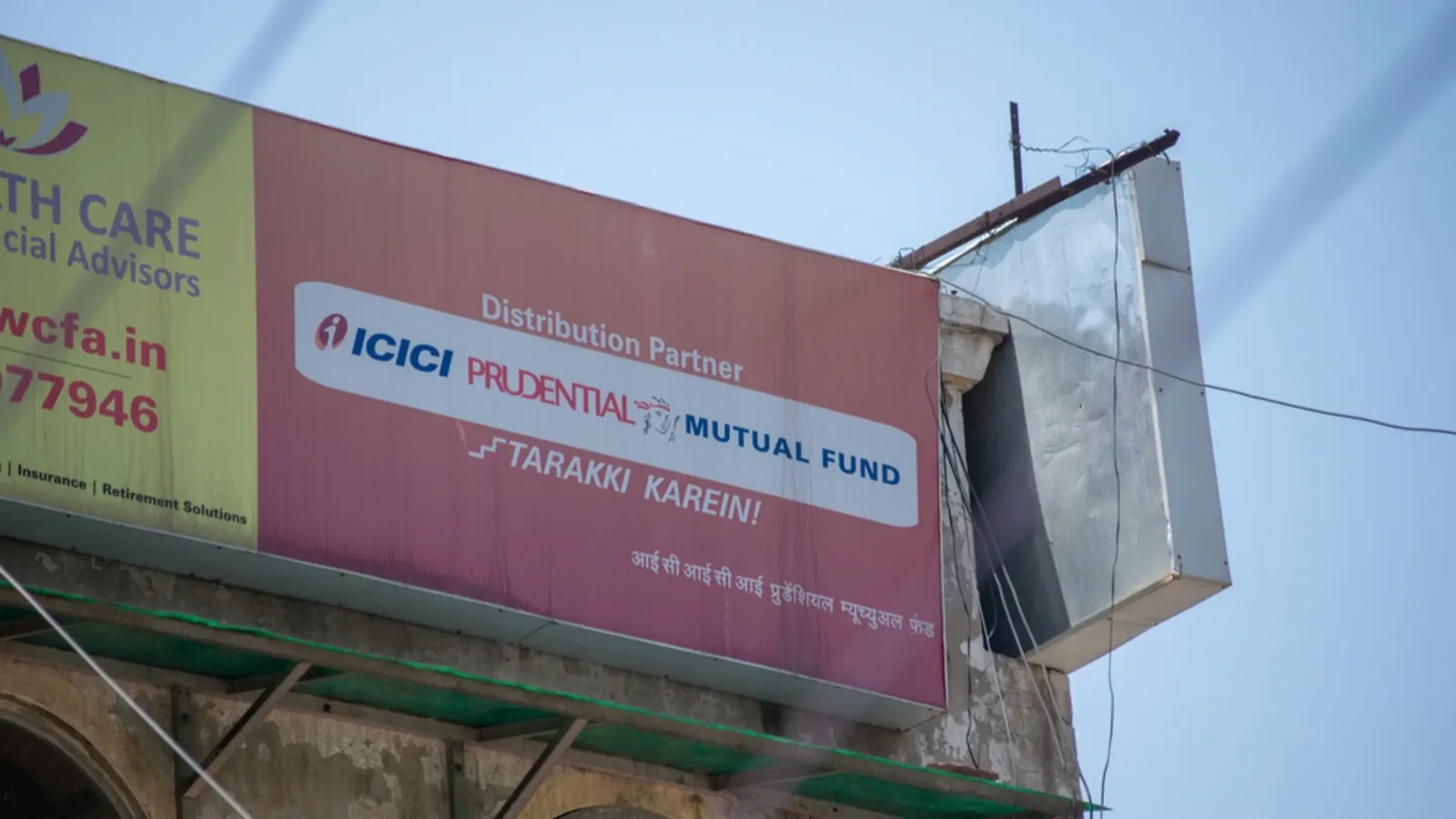Market News
FMCG Q3 results overview: Here’s all you need to know about FMCG sector results so far

5 min read | Updated on February 05, 2025, 08:34 IST
SUMMARY
The Q3FY25 remained largely muted for the FMCG sector, as volume growth remained weak in the low single digits. However, management of the key companies remained optimistic about the growth uptick in coming quarters, driven by the consumption boost in the Union Budget.

Urban areas are seeing reduced spending as consumers face rising living costs and inflation.| image source: shutterstock
The FMCG stocks came into the limelight after the Union Budget announced the extension of the tax exemption limit from ₹7 lakh to ₹12 lakh, which is expected to boost consumption demand. The extension of the limit is expected to result in a ₹1 lakh crore bonus in the hands of consumers. Following the major developments, FMCG stocks jumped nearly 3%-5% in anticipation of a strong boost to the top line in the coming quarters.
All the major FMCG companies, such as Hindustan Unilever, Marico, Dabur, Nestle India, Colgate Palmolive, Godrej Consumer Products, Tata Consumer Products, Radico Khaitan, and United Spirits, have reported their Q3FY25 results. However, a few companies, like ITC and Britannia, have yet to report their earnings.
Hindustan Unilever
One of the largest FMCG companies reported a subdued set of numbers sequentially as the consumption demand during the quarter remained muted. The total revenue for the quarter jumped 2% YoY and declined 1% sequentially at ₹15,180 crore, and the net profit for the quarter jumped 19% YoY and 15% QoQ at ₹2,988 crore. The muted topline growth was largely driven by slowing urban growth, while rural growth remained strong, outpacing urban growth.
The company traded at a price-to-earnings (PE) ratio of 53x on a trailing twelve-months (TTM) basis with a market capitalisation of ₹5,73,639 crore. The shares delivered approximately 10% negative growth in 2024.
Tata Consumer Products
Tata Consumer Products is one of the leading Tata Group companies, holding the No.1 position in salt and the No. 2 in tea. The company reported mixed numbers compared to its competitors, as its net sales jumped 17% YoY to ₹4,445 crore and profit stalled 5%.
The company's net profit declined 5% YoY to ₹299 crore as its operational efficiency stood subdued for the quarter. The EBITDA for the quarter remained largely unchanged, with a 1% drop, while margins contracted more than 200 bps to 12.7% from 15% in the previous year's similar quarter.
The company remained optimistic about volume growth and market share expansion in the food and beverage sector. Higher tea prices will remain a key challenge and headwind for the next two quarters, impacting margins.
Dabur
Dabur India is a diversified FMCG player having portfolios of key brands in hair care, health care, skincare and oral care products. The company also owns key brands like Real fruit juices, Hajmola in digestive care, and Fem in beauty care segments.
In Q3FY25, the company reported muted numbers, with its revenue growing 3% YoY to ₹3355 crore and net profit growing 2% YoY to ₹515 crore. Sequentially, the quarterly numbers look strong, with 11% net sales growth and 23% PAT growth. The overall growth was largely driven by robust growth in rural rather than urban areas. In addition, the international business also grew by 8.7% YoY.
Marico
Marico is one of the leading FMCG companies that houses well-known brands like Parachute Oil, Saffola and other brands in the air care segment. The company reported a 15% jump in net sales at ₹2,794 crore. The sharp jump in revenue was largely attributable to 31% value growth in the food segment, followed by 24% in the food oil and hair care segments. On the operational side, the EBITDA for the quarter grew by 4% YoY and the net profit grew 5.1% YoY.
The overall volume growth was largely driven by healthy distribution growth. The company also witnessed a similar trend of rural outperforming the urban sector growth, indicating strong rural consumption. The company expects the consumption boost in the budget to bring back the growth in urban market segments.
Godrej Consumer Products
The company holds a strong share in the home care segment with a diverse product range that focuses on insecticides, room fresheners, fabric care, and personal wash. In Q3FY25, the company reported weak numbers, with 3% YoY growth in net sales and a 14% drop in net profit.
The company's poor performance in Q3FY25 was largely due to weak operational performance. The company's EBITDA stood at ₹755 crore, down 10% YoY and with 300 points of contraction in the EBITDA margins. The home care and personal care segment grew in low single-digit growth at 4% and 2% for the quarter.
However, the international segment grew strongly by 9% YoY growth and 12% EBITDA growth, largely driven by Indonesia. The company expects the price increase in Q4 to be higher than in Q3. The management is cautiously optimistic for growth in H1-FY25 amid slower urban consumption growth.
Nestle India
The key FMCG player, which owns major FMCG brands like Maggi, Nescafe, the chocolate range, and other dairy products, reported single-digit growth in the top-line in Q3FY25. The company holds a diverse portfolio of milk products and nutrition, prepared dishes, confectionaries and powdered and liquid beverages.
On the operational front, the company reported a 2% decline in EBITDA at ₹1,050 crore and an EBITDA margin of 21.9%, a sharp decline of over 200 bps over the previous year. Despite having a strong distribution network of 5.3 million retail outlets, the company witnessed margin contraction and higher commodity prices as the key headwind for growth.
Bottomline
The major FMCG results for Q3FY25 highlight slowing urban consumption and robust rural growth. The top-line volume growth remained unchanged, with single-digit growth and pricing pressure impacting operational margins. Quick commerce emerged as the new and sustained model of distribution. Lastly, Most management sounds optimistic about urban growth picking up in Q4FY25 and H1FY26, largely driven by the consumption boost given by the government in the Union Budget.
About The Author
Next Story


